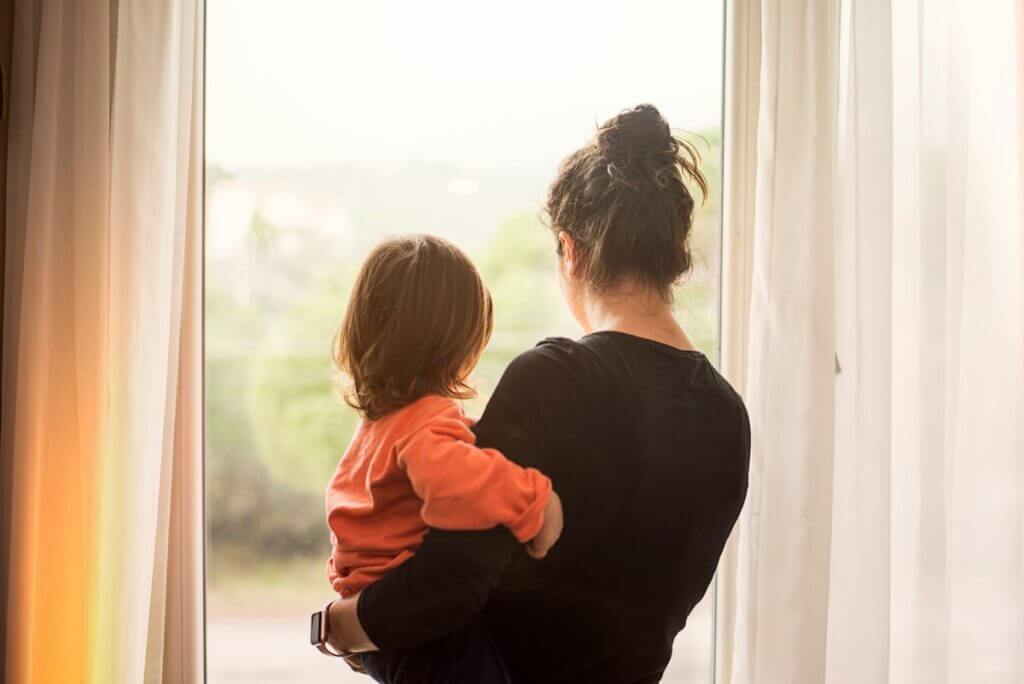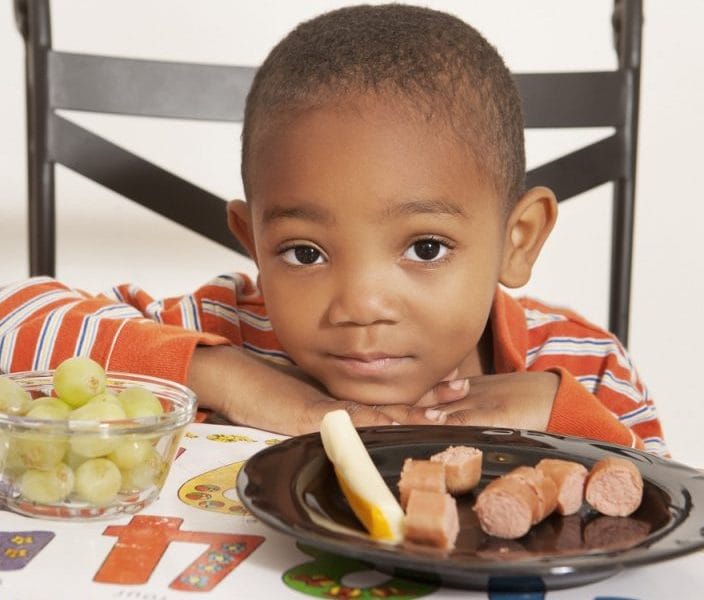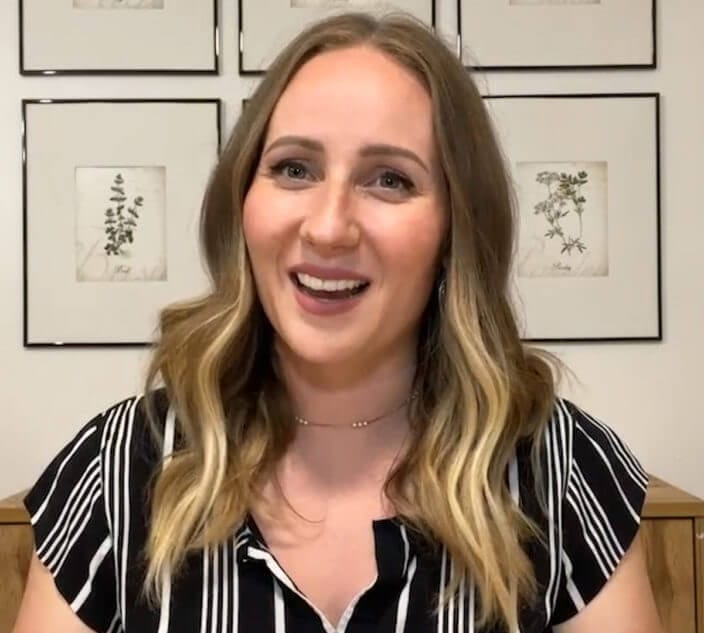
From Allergic Living’s archives: This column first appeared in the Barrhaven Independent, an online publication based in a suburb of Ottawa, Canada. Karen Eck wrote it as a response to an editorial the Independent published criticizing strategies used by one particular local school for dealing with severe dairy allergies.)
I am the leader of the Ottawa Anaphylaxis Support Group (OASG). I am also the mother of a child with a severe dairy allergy in kindergarten. When I read the recent editorial about allergies in schools, I was disturbed. But I also saw the opportunity to educate others.
First, I think it’s important to remember the context. As of January 1, 2006, Sabrina’s Law required that all publicly funded school boards in the province of Ontario establish an anaphylactic policy, and that their schools follow this policy. Among other things, the policy must include:
– Strategies to reduce the risk of exposure to anaphylactic causative agents in classrooms and common school areas;
– A communication plan for disseminating information on life-threatening allergies to parents, pupils and employees;
– And regular training on dealing with life-threatening allergies for all employees and others who are in direct contact with pupils on a regular basis.
This is a tall order for schools, given all the other things they have to deal with and the lack of resources. It’s only natural that there will be some growing pains during the first few years of this law’s implementation. But it is the law.
Second, I would like to respond to this statement: “They’ve made everybody else worry about milk allergies except the student with the allergy. He doesn’t have to change his life, but every other kid in his class does.”
Frankly, this statement is grossly unfair. From the moment a child is diagnosed with a dairy allergy, life changes dramatically. Parents of allergic kids avoid dwelling on all the extra precautions we take, because we want our kids to feel they have relatively normal lives.
We also don’t want to be seen as complaining to others. We know it could be worse. But I think the time has come to provide some insight on what my dairy-allergic kindergartner does to stay safe.
Avoiding 90% of Processed Food
Let’s start with the obvious. He avoids all dairy, even trace amounts. An accidental sip of milk has sent him to the ER twice in his short life, and we have no wish to repeat that ordeal. He cannot consume milk, cheese, sour cream, or yogurt. He must avoid about 90 per cent of processed foods, including breads, cookies, crackers, and candy, as most of them contain dairy or traces of dairy.
We discourage him from even touching dairy products because of the risk that he could put his fingers in his mouth, nose or eyes, and react. If he does directly consume any form of dairy by mistake, we have instructions from our allergist to give him epinephrine (the medication in an EpiPen). Without that, and perhaps further medical intervention, he could die. It’s as simple as that.
He avoids putting his hands in his mouth or his mouth on any kind of surface in case there are traces of dairy there. He washes his hands meticulously after coming home and before meals. He checks that my husband and I haven’t consumed dairy before letting us kiss him on the mouth.
He refuses any kind of food from anyone unless his dad and I have okayed it. He has known this rule since he was 2 years old and has never deviated from it – because he remembers his severe reactions.
He never goes to a restaurant, because we cannot find one that will guarantee there is no risk of cross-contamination with dairy in the kitchen. He does not eat birthday cakes at birthday parties, but brings his own cupcakes.
Trace Amounts Could be Fatal
He wears a MedicAlert bracelet 24/7 in case he has a reaction and is unable to speak for himself when we’re not around. He wears his EpiPen in a special belt whenever he is out of the house, so that his emergency medication is always available. He practises with an EpiPen trainer regularly and knows how to administer the auto-injector himself. However, no one should be required to self-administer in an emergency, and certainly not a child.
He never goes alone to his grandparents’ or godparents’ for a visit, much as they would love to have him, because they are not sure they could keep him safe.
He is aware that Sabrina Shannon, after whom Sabrina’s Law was named, died because of her dairy allergy. Sabrina, aged 13, reacted to fries she ate at her school cafeteria. These supposedly safe fries were served with tongs that had also touched cheese curds. Eating even a trace amount of dairy can result in death, and my 6-year-old son is very aware of this fact.
Dairy-allergic children do have to change their lives. Their lives depend on it.
But they are children, and they cannot do it alone. When they are in school, we parents cannot be there to watch over them. We must rely on the school community to help keep them safe, so that they come home alive at the end of the day.
I firmly believe in the old adage “it takes a village to raise a child”, even in this day and age. I am very aware that raising all our kids in a shared and yet safe environment is becoming increasingly challenging. I hope we can all work together to keep the lines of communication open and meet these challenges with mutual respect.
But please – don’t tell me that allergic kids are not doing their part.
Karen is the leader of the Ottawa Anaphylaxis Support Group. She also edited the Canadian anaphylaxis guidelines Anaphylaxis in Schools & Other Settings and the related website www.allergysafecommunities.ca.
Related Reading:
Milk Allergy 101: High Rates in Kids, Strict Avoidance and Future Therapies
Milk Allergy: 3 Families on Life with One of the Toughest Allergens
Managing Milk Allergy at School





